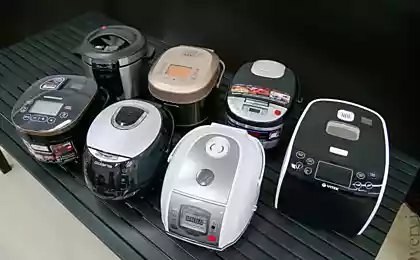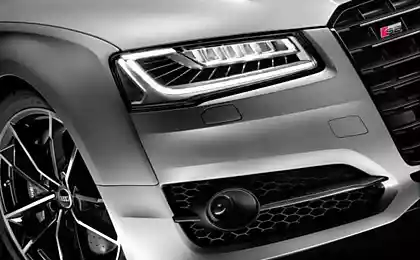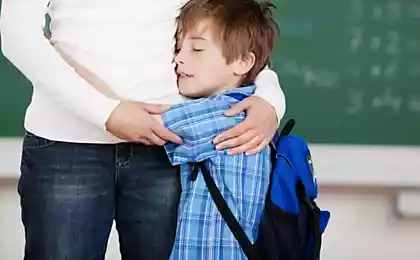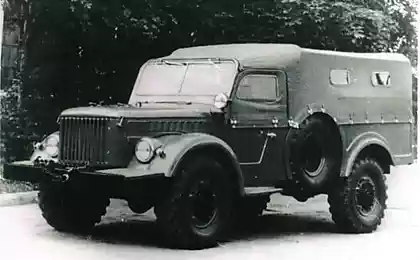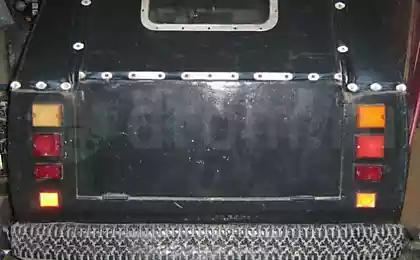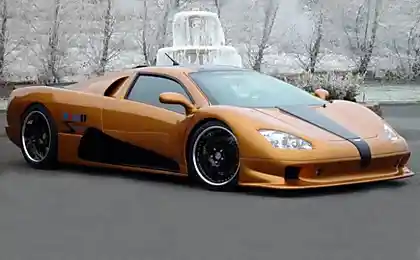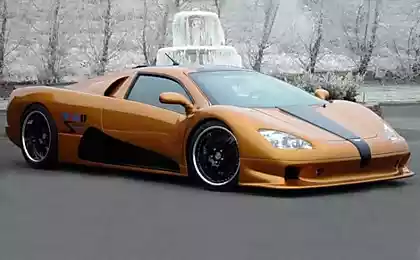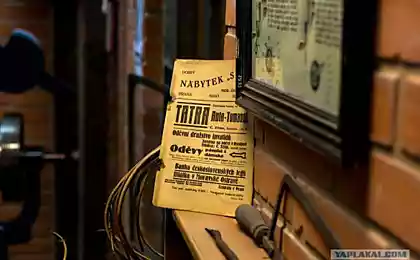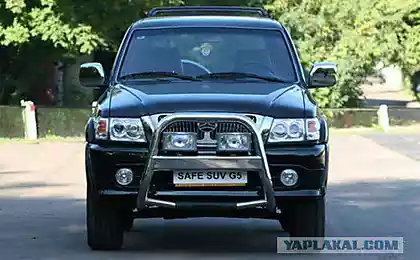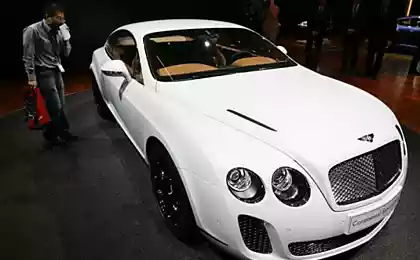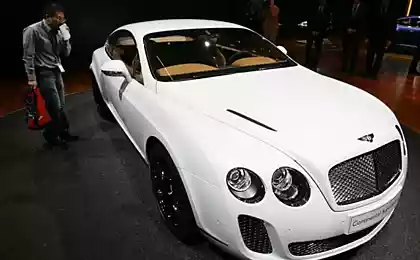637
When and at what time to switch on the low beam, high beam, fog lights and daytime running lights
In a modern car has as many as 8 different lights (still have rear illumination license plate). And the 7 lighting devices: headlights, lights, fog lamp and other things we need to use different depending on 8 conditions. Let's list the lighting and conditions for their use in 2016!
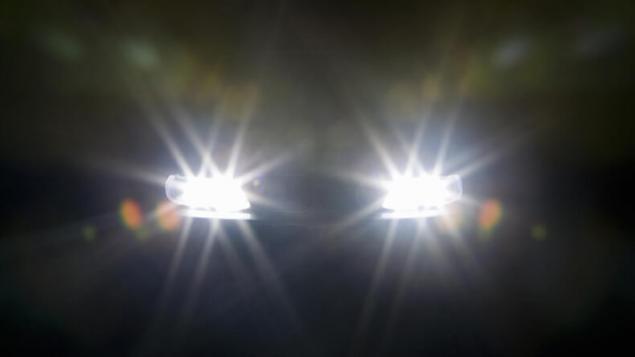
So, the car has the so-called exterior lights. These include:
1. lights: dipped beam;
2. headlamp: high beam;
3. the rear lights;
4. fog lamp (fog);
5. rear fog lights;
6. marker lights;
7. daytime running lights (DRL).
And among the conditions of inclusion of those or other lighting devices in the SDA are as follows:
1. the daytime;
2. night: lighted way;
3. night: unlit road;
4. the conditions of insufficient visibility;
5. standing/moving car;
6. the trailer/towed vehicle;
7. town/not town.
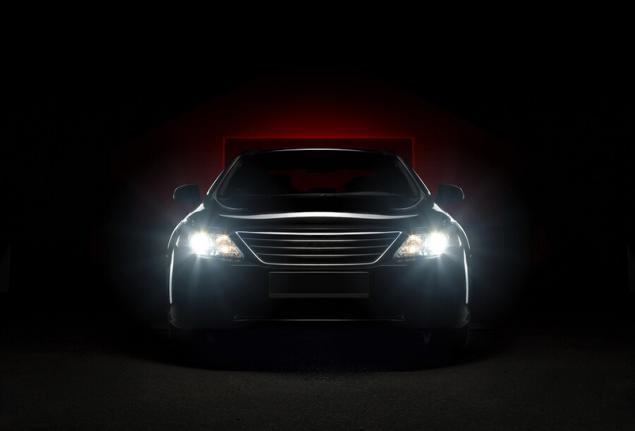
Scared? Actually not so scary. Let's find out when and in what cases it is necessary to include headlights, fog lights, main beam or dipped beam and dimensions. Data is valid on 24 November 2016.
For convenience, we describe the rules of use car light depending on the time of day and other conditions, and answer some pressing questions. And at the end of this article we present the table as a simple method to remember when which lighting devices must be enabled on the machine.
What kind of light to use during the day?
Day, namely, in the daytime, we can use the daytime running lamps (19.5 SDA). But instead of DRL (not only if they are not installed in the car, but at the request of the driver), you can use dipped headlights or fog lights (19.4 + 19.5 SDA).
Car owners wishing to improve the light quality of your car or install the xenon head light, helping professionals MaDCaT Customs
In the daytime (provided that no conditions of insufficient visibility) you need to include:
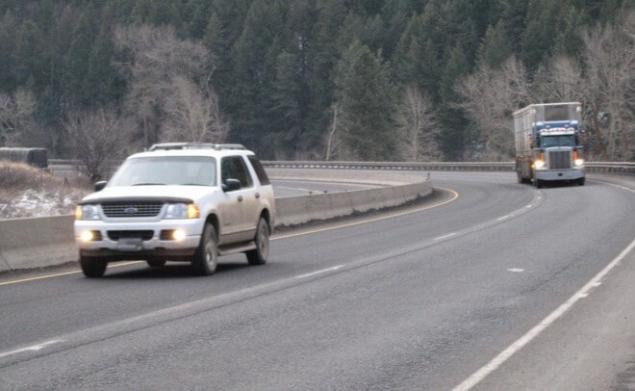
What kind of light to use in the dark?
Night in the SDA is defined as "the period of time from the end of evening twilight to beginning of morning twilight" (SDA 1.2). Thus, in the dark part completely night, night from the end of morning twilight and before the beginning of dawn.
In the dark you need to include:
In the dark is forbidden to use:
— if oncoming traffic closer than 150 meters to You or even if on and blinking You lights,
— in all other cases when it is possible to blind the drivers (just drivers, not pedestrians) and counter-passing machines;
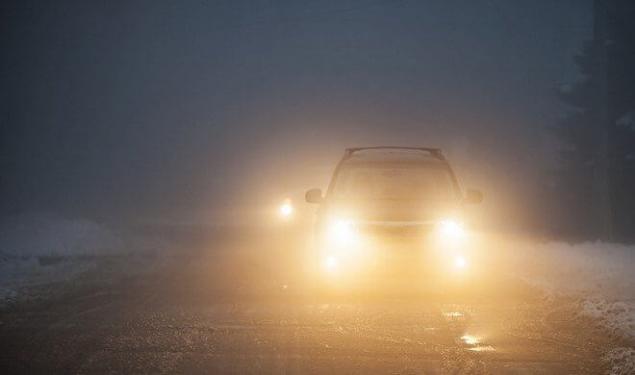
What kind of light to use in conditions of poor visibility (in fog)?
The conditions of insufficient visibility, as defined in the Rules, so no confusion there. These conditions include the visibility of the driver is less than 300 metres in fog, at dusk, in rain, snow and the like. In General, if visibility of the road is approximately 300 m or more, the only case when at the moment of the night, it is the conditions of insufficient visibility.
In the conditions of insufficient visibility should include:
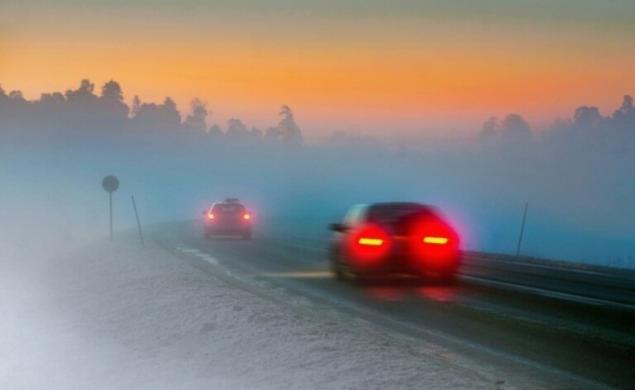
What kind of light to use in the tunnel?
Traffic reglementary the necessity of inclusion of headlights in tunnels (item 19.1). The rule here is simple: the conditions of the use of certain light devices are the same as in the dark.
When can we use "hazard"?
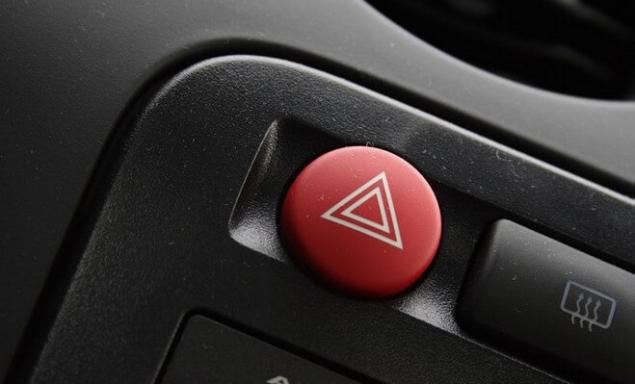
Alarm is also considered a light device, and the SDA clearly reglementary the possibility of their use. Thus, the "emergency gang" need to include:
Yes, most drivers blink lights (one or more momentary switches headlight with DRL near or far) when warning of the traffic police, oncoming cars. However, the SDA is recommended to do it completely in other cases. What:
As you can see, it's very simple! But let's further simplify these Rules for the use of lighting devices and present everything in a clear tabular form.
Conditions/lightt
Daylight
Dark lit roads, settlements
The dark, unlit roads
The tunnel
Lack of visibility
Dazzle
+
+
+
+
+
Distant light
-
-
+
+
+
Fog lights
+1
-
+2
-
+2
Daytime running lights
+
-
-
-
-
Rear fog lights
-
-
-
-
+
Footnotes for the table:
1. Instead of the low beam headlight
2. Only in conjunction with near or far light of headlights
And finally, an official extract from the relevant traffic 2016 Chapter 19 of the external lighting devices.
19. The use of external light devices and sound signals.
19.1. In the dark and in the conditions of insufficient visibility irrespective of road illumination, and also in tunnels on a moving vehicle should be turned on the following lights:
19.3. When you stop and parked in the dark on unlit roads, as well as in the conditions of insufficient visibility on a vehicle must be side lights are switched on. In the conditions of insufficient visibility in addition to marker lights can be included daytime running lights, fog lights and rear fog lights.
19.4. Fog lights can be used:
7 simple things that will help in an emergency
How to keep a car in the night
19.6. Headlight projector and spotlight-seeker allowed to use only out of settlements in the absence of counter vehicles. In settlements use of such lights only the drivers of vehicles equipped in the prescribed manner flashing lights of blue color and a special sound signal, when performing emergency duty.
19.7. Rear fog lights can only be used in conditions of poor visibility. Do not connect the rear fog lights to brake signals.published
Author: Pauline Mustafina
Source: howcarworks.ru/вопрос/когда-и-в-какое-время-включать-ближний-и-дальний-свет-противотуманные

So, the car has the so-called exterior lights. These include:
1. lights: dipped beam;
2. headlamp: high beam;
3. the rear lights;
4. fog lamp (fog);
5. rear fog lights;
6. marker lights;
7. daytime running lights (DRL).
And among the conditions of inclusion of those or other lighting devices in the SDA are as follows:
1. the daytime;
2. night: lighted way;
3. night: unlit road;
4. the conditions of insufficient visibility;
5. standing/moving car;
6. the trailer/towed vehicle;
7. town/not town.

Scared? Actually not so scary. Let's find out when and in what cases it is necessary to include headlights, fog lights, main beam or dipped beam and dimensions. Data is valid on 24 November 2016.
For convenience, we describe the rules of use car light depending on the time of day and other conditions, and answer some pressing questions. And at the end of this article we present the table as a simple method to remember when which lighting devices must be enabled on the machine.
What kind of light to use during the day?
Day, namely, in the daytime, we can use the daytime running lamps (19.5 SDA). But instead of DRL (not only if they are not installed in the car, but at the request of the driver), you can use dipped headlights or fog lights (19.4 + 19.5 SDA).
Car owners wishing to improve the light quality of your car or install the xenon head light, helping professionals MaDCaT Customs
In the daytime (provided that no conditions of insufficient visibility) you need to include:
- daytime running lights;
- dipped beam;
- fog lights (but not together with dipped beam or DRL).
- main beam;
- the rear fog lights.

What kind of light to use in the dark?
Night in the SDA is defined as "the period of time from the end of evening twilight to beginning of morning twilight" (SDA 1.2). Thus, in the dark part completely night, night from the end of morning twilight and before the beginning of dawn.
In the dark you need to include:
- low or high beam headlamps in traffic (see below under what conditions you cannot use high beam);
- Parking lights when you stop or Park on the road and on trailers and towed vehicles;
- fog lights — only on unlit roads and only in conjunction with near or far light of headlights.
In the dark is forbidden to use:
- main beam headlights:
— if oncoming traffic closer than 150 meters to You or even if on and blinking You lights,
— in all other cases when it is possible to blind the drivers (just drivers, not pedestrians) and counter-passing machines;
- fog lamps — lit or unlit roads without near or far light of headlight;
- daytime running lights;
- the rear fog lights.

What kind of light to use in conditions of poor visibility (in fog)?
The conditions of insufficient visibility, as defined in the Rules, so no confusion there. These conditions include the visibility of the driver is less than 300 metres in fog, at dusk, in rain, snow and the like. In General, if visibility of the road is approximately 300 m or more, the only case when at the moment of the night, it is the conditions of insufficient visibility.
In the conditions of insufficient visibility should include:
- low or high beam headlamps in traffic (see above in the description of the lighting in the dark conditions in which you cannot use the high beam);
- Parking lights when you stop and Park - low beam headlight, fog light or rear fog lamps together with the Parking lights can also be included in the conditions of insufficient visibility (in contrast to the dark time of day).
- fog lights — only in conjunction with near or far light of headlights (and on the roads any light, unlike the dark time of day).
- rear fog lights (this is the only condition in which to use them).
- fog lights without the dipped or main beam;
- daytime running lights.

What kind of light to use in the tunnel?
Traffic reglementary the necessity of inclusion of headlights in tunnels (item 19.1). The rule here is simple: the conditions of the use of certain light devices are the same as in the dark.
When can we use "hazard"?

Alarm is also considered a light device, and the SDA clearly reglementary the possibility of their use. Thus, the "emergency gang" need to include:
- in case of an accident together with the sign of emergency stop (2.5 SDA + SDA 7.1);
- if you encounter a situation when Your vehicle is dangerous;
- emergency stop in the place where stop Smoking (together with the sign of emergency stop);
- when towing a towed vehicle;
- if You are blinding oncoming traffic.
Yes, most drivers blink lights (one or more momentary switches headlight with DRL near or far) when warning of the traffic police, oncoming cars. However, the SDA is recommended to do it completely in other cases. What:
- for warning other traffic participants about the beginning of the overtaking;
- if You dazzle an oncoming vehicle.
As you can see, it's very simple! But let's further simplify these Rules for the use of lighting devices and present everything in a clear tabular form.
Conditions/lightt
Daylight
Dark lit roads, settlements
The dark, unlit roads
The tunnel
Lack of visibility
Dazzle
+
+
+
+
+
Distant light
-
-
+
+
+
Fog lights
+1
-
+2
-
+2
Daytime running lights
+
-
-
-
-
Rear fog lights
-
-
-
-
+
Footnotes for the table:
1. Instead of the low beam headlight
2. Only in conjunction with near or far light of headlights
And finally, an official extract from the relevant traffic 2016 Chapter 19 of the external lighting devices.
19. The use of external light devices and sound signals.
19.1. In the dark and in the conditions of insufficient visibility irrespective of road illumination, and also in tunnels on a moving vehicle should be turned on the following lights:
- on all motor vehicles — headlights distant or a passing light, on bicycles — headlights or lanterns, on animal — drawn carts- lights (if available);
- on trailers and towed mechanical vehicles — dimensional lights.
- in the settlements, if the road is illuminated;
- at counter travel distance less than 150 m to the vehicle, and also and more, if the driver of an oncoming vehicle periodic headlight beams, will show the necessity of this;
- in all other cases to exclude the possibility of blinding the drivers of oncoming and passing vehicles.
19.3. When you stop and parked in the dark on unlit roads, as well as in the conditions of insufficient visibility on a vehicle must be side lights are switched on. In the conditions of insufficient visibility in addition to marker lights can be included daytime running lights, fog lights and rear fog lights.
19.4. Fog lights can be used:
- in the conditions of insufficient visibility with near or far light of headlight;
- in the dark on unlit roads together with near or far light of headlight;
- instead of dipped headlights in accordance with paragraph 19.5 of the Rules.
7 simple things that will help in an emergency
How to keep a car in the night
19.6. Headlight projector and spotlight-seeker allowed to use only out of settlements in the absence of counter vehicles. In settlements use of such lights only the drivers of vehicles equipped in the prescribed manner flashing lights of blue color and a special sound signal, when performing emergency duty.
19.7. Rear fog lights can only be used in conditions of poor visibility. Do not connect the rear fog lights to brake signals.published
Author: Pauline Mustafina
Source: howcarworks.ru/вопрос/когда-и-в-какое-время-включать-ближний-и-дальний-свет-противотуманные

